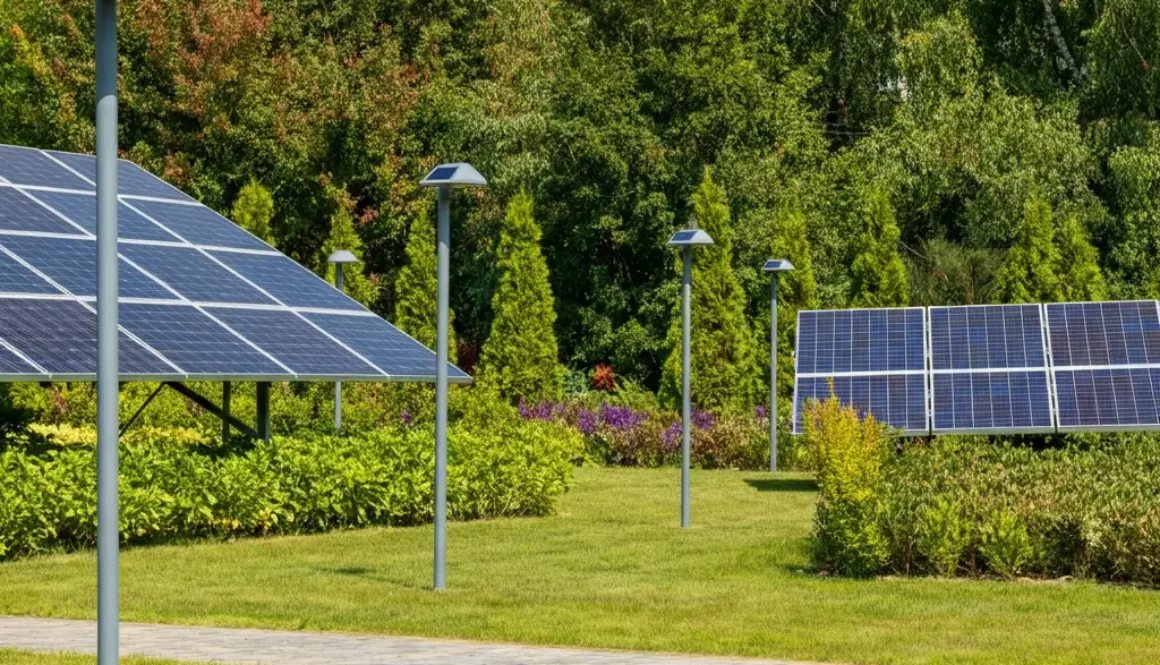India’s Record-Breaking Renewable Energy Additions in 2025: A Giant Leap Toward 500 GW by 2030
India is powering ahead in its clean energy revolution, setting benchmarks that the world is watching closely. From January to July 2025, the country added an unprecedented 25.4 GW of renewable energy capacity. This milestone not only reflects India’s leadership in global climate action but also highlights the accelerating role of solar and wind in reshaping the nation’s energy landscape. With an ambitious target of 500 GW of non-fossil capacity by 2030, India is making rapid progress while strengthening energy independence and sustainability.
India’s 2025 Renewable Energy Surge
In just seven months, India achieved what many countries take years to add. The 25.4 GW capacity growth marks the fastest pace ever recorded in India’s renewable journey.
- Utility-scale solar parks in Rajasthan, Gujarat, and Karnataka have become global symbols of solar innovation.
- Wind farms and hybrid projects are stabilizing supply and reducing reliance on coal.
- With this growth, India has emerged as one of the top three global markets for clean energy investment.
Why it matters: This momentum ensures India stays aligned with its 2030 climate goals, while building resilience against fossil fuel price volatility and strengthening domestic energy security.
Driving Forces Behind the Growth
1. Government Policies & Subsidies
India’s renewable boom is strongly policy-driven. Several flagship programs are fueling adoption across sectors:
- PM Surya Ghar Muft Bijli Yojana – Offers up to 40% subsidy on rooftop solar installations for households, making clean energy affordable for millions of families.
- PM-KUSUM Scheme – Helps farmers adopt solar-powered pumps and small-scale solar plants, reducing reliance on grid electricity and diesel.
- Production Linked Incentive (PLI) – Expands domestic solar manufacturing by incentivizing companies to set up large-scale solar module and battery production facilities.
These initiatives reduce costs for consumers and investors while boosting local jobs and supply chain resilience.
2. Private Sector Investments
Corporations are rapidly diversifying into renewable energy. Major conglomerates and even coal giants like Coal India are tendering gigawatts of solar and wind projects. Global energy players are also entering India’s market, further increasing capital flow and technology transfer.
This investment trend is not just about sustainability—it’s about profitability. With falling solar and wind tariffs, renewables are now often cheaper than coal, encouraging industries to adopt green energy.
3. Falling Technology Costs
The past decade has seen a dramatic drop in solar panel prices and battery storage costs. This affordability is making utility-scale solar projects, hybrid plants, and rooftop systems more attractive.
For businesses, the payback period for solar investments is shrinking, creating a strong case for large-scale adoption.
India’s 500 GW by 2030 Target
India’s renewable energy ambitions are monumental:
- Current installed capacity: 190+ GW (mid-2025).
- Additions needed: 35–40 GW annually until 2030.
- Current pace: With 25.4 GW added in 7 months, India is on track to meet this requirement.
This trajectory places India among the world’s leaders in renewable deployment, alongside China and the United States.
The Role of Solar Power
Solar is undeniably the backbone of India’s renewable strategy.
- Mega Projects: States like Rajasthan and Gujarat host some of the largest solar parks in the world, supplying clean energy at record-low tariffs.
- Rooftop Solar: With subsidies covering up to 40% of costs, rooftop adoption among households and small businesses is growing rapidly.
- Hybrid Models: Combining solar + wind + storage ensures reliability, addressing the intermittency challenge of renewables.
For homeowners and industries, solar not only reduces electricity bills but also provides long-term energy security.
Challenges on the Road Ahead
While progress is commendable, challenges remain:
- Storage Gap
- India needs ~336 GWh of energy storage by 2030.
- Current installations: only ~82 GWh.
- Accelerated investment in batteries and pumped hydro storage is critical.
- India needs ~336 GWh of energy storage by 2030.
- Land Acquisition
- Large-scale solar and wind projects often face disputes over land use.
- Solutions: Floating solar, agro-solar models, and rooftop deployment.
- Large-scale solar and wind projects often face disputes over land use.
- Grid Modernization
- Integration of intermittent renewables requires a smart, flexible grid.
- Investments in transmission corridors and digital infrastructure are essential.
- Integration of intermittent renewables requires a smart, flexible grid.
Overcoming these barriers will be key to unlocking India’s 2030 vision.
Global Implications of India’s Renewable Push
India’s progress goes beyond domestic benefits.
- Climate Leadership: India is showing the world that large, developing nations can scale renewables rapidly without compromising economic growth.
- Energy Diplomacy: Through initiatives like the International Solar Alliance (ISA), India is exporting its solar expertise to partner countries.
- Economic Growth: The renewable sector is creating millions of jobs in manufacturing, installation, operations, and R&D.
Conclusion
India’s addition of 25.4 GW of renewable capacity in early 2025 is a historic leap forward in the nation’s clean energy journey. With strong government support, private sector commitment, and falling technology costs, India is on track to achieve its 500 GW non-fossil capacity by 2030.
For households, businesses, and industries, this is the perfect time to invest in solar and wind solutions. The combination of subsidies, cost savings, and sustainability benefits makes renewable energy not just a necessity but a smart economic choice.
India’s renewable revolution is more than a national achievement—it is a global beacon of possibility in the fight against climate change.
Keep Your Panels Shining! Want more power and longer life from your solar system?


